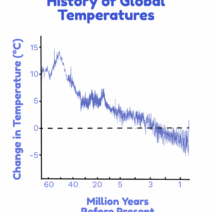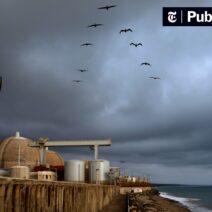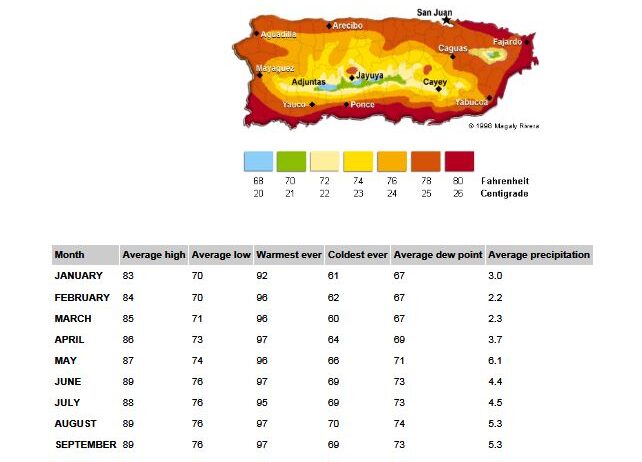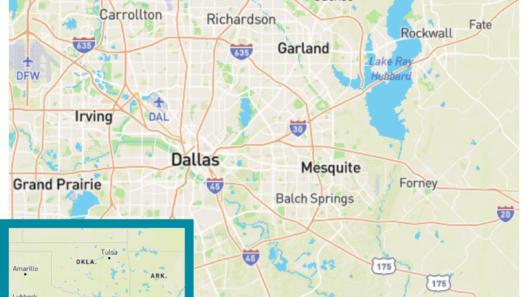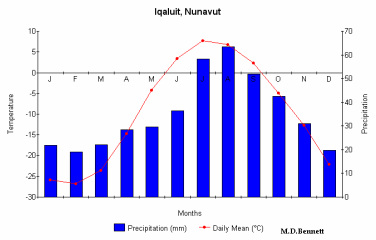Puerto Rico, an unincorporated territory of the United States, exhibits a climate characteristic of the Caribbean region. This climate is marked by a unique synthesis of tropical warmth and the inevitable threats posed by tropical storms. The island’s geographical positioning—in close proximity to both the Atlantic Ocean and the Caribbean Sea—further influences its climatic conditions, resulting in a complex interplay of weather phenomena that often captivates those who study it.
The overall climate of Puerto Rico can be classified predominantly as tropical marine. This classification denotes a climate regime characterized by high temperatures year-round, coupled with an abundance of moisture. The average annual temperature hovers around 80°F (27°C), providing an almost incessant warmth that is both alluring and oppressive. Such consistent temperatures allow for a diverse array of flora and fauna, creating lush landscapes that draw both tourists and researchers alike.
Rainfall is another significant aspect of Puerto Rico’s climate profile. Rain is a common occurrence; the island experiences an annual precipitation range between 40 to 100 inches depending on the region. The northeastern coastal areas, such as El Yunque National Forest, receive the highest levels of rain, while the southern areas tend to be drier. This precipitation pattern contributes to the island’s rich biodiversity, supporting dense tropical forests, wetlands, and a variety of ecosystems teeming with life.
The wettest season typically extends from May to October, coinciding with the Atlantic hurricane season. This period sees the escalation of tropical disturbances; the very term ‘tropical storms’ evokes a deep-seated sense of urgency and concern for the local population. Throughout history, Puerto Rico has experienced devastating hurricanes, which have shaped its social and environmental landscape profoundly. Notable storms such as Hurricane Maria in 2017 left an indelible impact, highlighting both the vulnerability and resilience of the island’s inhabitants.
A fascinating observation regarding Puerto Rico’s climate is the pronounced microclimates that exist within the island. These microclimates stem from variations in altitude, exposure, and local geographical features. For instance, the central mountainous region, known as the Cordillera Central, experiences cooler temperatures and more precipitation than the coastal areas. This geographical dichotomy allows for different ecosystems to coexist and flourish. The systematic study of these microclimates reveals crucial insights into biodiversity and potential climate change implications.
By delving deeper into the climatic phenomena, one can better understand the intricacies that render Puerto Rico a focal point for environmental studies. For instance, the island serves as an important case study for climate change impacts in tropical environments. Rising sea levels and increased storm intensity are some conspicuous challenges that the region faces. The increasing frequency of powerful storms has not only led to immediate fatalities and displacements but has also engendered longer-term socio-economic ramifications.
The phenomenon of climate change, coupled with the island’s inherent vulnerabilities, provokes critical examination. Urban development, deforestation, and ecological degradation compound the challenges posed by climate variability. The conversion of natural landscapes into urban sprawl exacerbates flooding risks and disrupts local ecosystems, while exasperating the already profound effects of global warming.
Moreover, Puerto Rico’s rich cultural heritage is tightly interwoven with its climatic patterns. The traditional agricultural practices of the Taino people, for instance, reveal how indigenous communities adapted to their environmental contexts. Modern agricultural efforts also reflect this relationship with the land and its climate. Crops such as coffee, sugarcane, and tropical fruits have become staples of the island’s economy, yet they remain susceptible to climate fluctuations.
As an archipelago that balances its identities as a tourist haven and a biodiversity hotspot, the implications of climate change have sparked a burgeoning interest in sustainable practices. Engaging with the local population, numerous organizations aim to implement more comprehensive conservation strategies that align cultural preservation with ecological sustainability. Education plays a key role in this endeavor, fostering awareness of both the climate threats and opportunities for adaptation.
The people of Puerto Rico are not mere victims of climate change but are actively participating in discourse around environmental stewardship. Community-led initiatives focus on reforestation efforts, sustainable agricultural practices, and disaster preparedness frameworks that reflect adaptability in the face of adversity. Through these efforts, local voices emerge as critical agents of change, challenged by the realities of their environment yet driven by a profound connection to their heritage.
It is through understanding the nuances of Puerto Rico’s climate that one uncovers layers of fascination that go beyond scenic beauty. The interplay of maritime influences, temperature consistency, tropical storms, and socio-economic challenges are intricately tied to the historical and cultural narratives of the island. As we explore Puerto Rico’s climate, we are invited to reflect on the broader implications of environmental stewardship and resilience that resonate far beyond its borders.
This complex tapestry of climate phenomena uniquely characterizes Puerto Rico, making it an essential site for both scientific inquiry and cultural appreciation. In times of climate crisis, examining such environments helps underscore the urgency of addressing global climate challenges. Puerto Rico’s climate is not merely a backdrop; it is an active participant in the narrative of resilience, adaptation, and hope for a more sustainable future.

